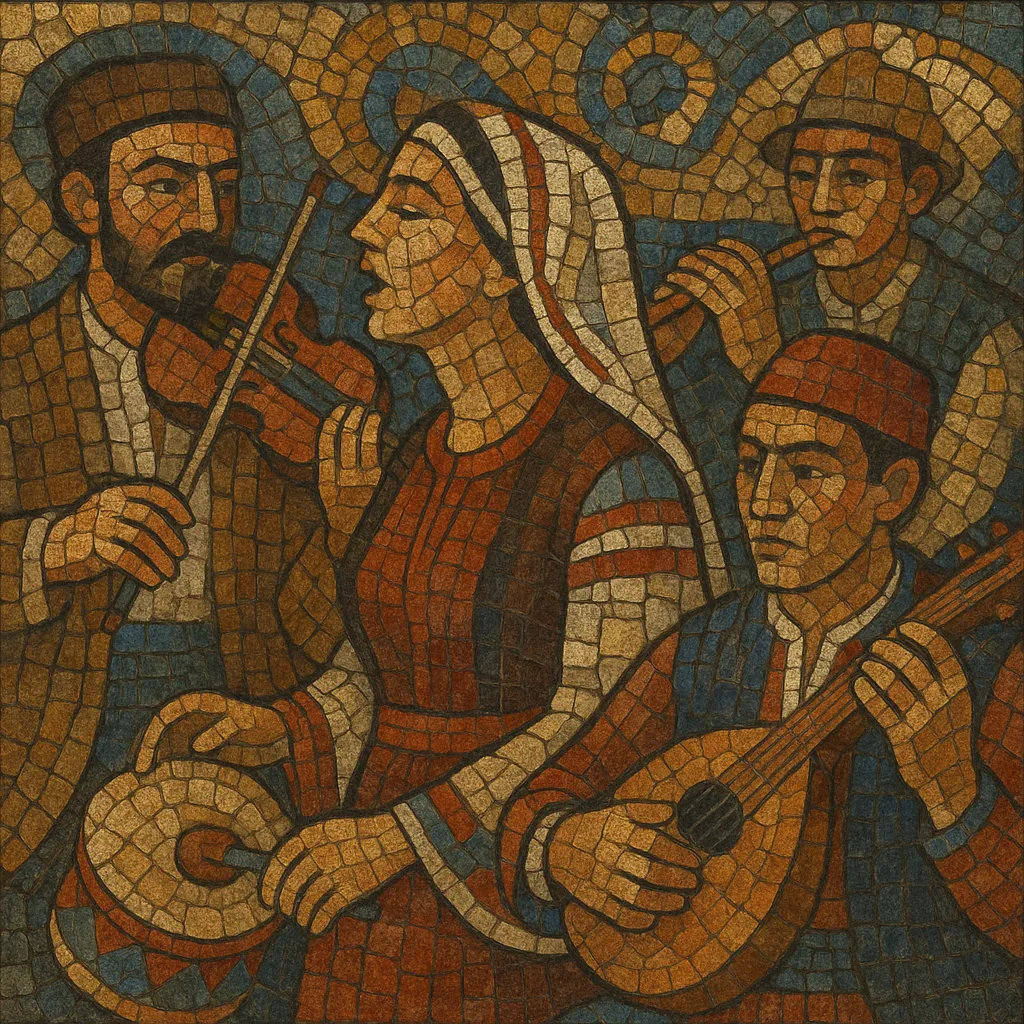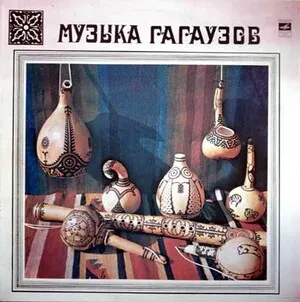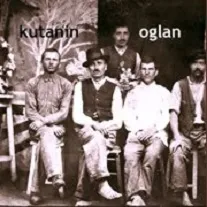Gagauz folk music is the traditional music of the Gagauz, a Turkic-speaking, predominantly Orthodox Christian people centered in the autonomous region of Gagauzia in southern Moldova, with communities in Ukraine, Bulgaria, and Romania.
It blends Oghuz-Turkic melodic thinking and modal flavors (often reminiscent of Turkish makam such as Rast, Hicaz, and Uşşak) with Balkan rhythmic vitality and Moldovan/Romanian village band timbres. Typical textures are heterophonic and ornamented, with solo voice supported by a small group that trails or embellishes the melody. Dance tunes favor lively asymmetric meters (7/8, 9/8, 11/8) alongside duple meters for marches and processions. The repertoire spans wedding and circle dances (hora/horo types), cradle songs, laments, work songs, narrative/epic pieces, and seasonal ritual songs.
Instrumentation reflects the region’s crossroads: violin, accordion, flute/kaval, clarinet, cobza or saz-like lutes, cimbalom/țambal, frame drum/daire, davul, and occasionally zurna or local bagpipe (cimpoi). Lyrics are typically in the Gagauz language and revolve around family life, love, pastoral imagery, harvest and seasonal cycles, and Christian feast days, all carried by expressive, ornamented singing.
The Gagauz communities took shape in the northern Balkans and Bessarabia, with their music coalescing as a distinct village practice by the 19th century. As Orthodox, Turkic-speaking people living among Romanians/Moldovans, Bulgarians, and other Balkan groups, Gagauz musicians absorbed regional dance forms (hora/horo, sârba) and instruments while retaining Turkic modal melodic habits and vocal ornamentation.
Through the 19th and early 20th centuries, Gagauz music evolved at a cultural crossroads of Ottoman, Russian, and Romanian spheres. Traveling musicians, wedding bands, and church and calendar-ritual cycles sustained the repertoire. Contact with Romani (Roma) performers and neighboring village bands introduced clarinet, cimbalom, and later accordion, enriching the timbral palette and dance repertoires.
In the mid-20th century, Soviet cultural policy promoted staged folklore. Gagauz songs and dances were arranged for concert performance, standardized costumes, and mixed instrumental ensembles. While this preserved visibility and some repertoire, it also favored polished stage formats over informal village heterophony and improvisation. Field researchers nonetheless recorded valuable material, and community practice continued at weddings and local festivities.
With the establishment of Gagauzia’s autonomy in the 1990s, there was renewed local interest in language and traditional arts. Folk ensembles, school groups, and cultural houses undertook repertoire recovery, while regional festivals helped exchange with Moldovan/Romanian, Bulgarian, and Ukrainian neighbors. Contemporary performers balance staged folklore with grass-roots practice at weddings and church/seasonal events, and some integrate modern instruments while keeping core dance meters and Gagauz-language songs.
Today, Gagauz folk music remains a living community tradition, audible at weddings, village feasts, church-adjacent celebrations, and regional festivals. Radio and cultural institutions in Gagauzia document and promote the genre, while younger musicians explore acoustic fidelity to village styles or tasteful fusions with broader Balkan and Moldovan folk scenes.




